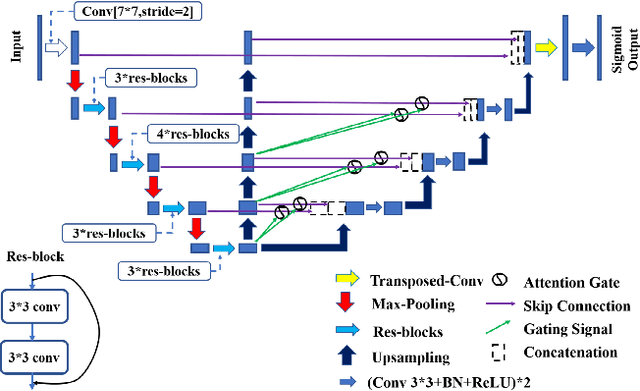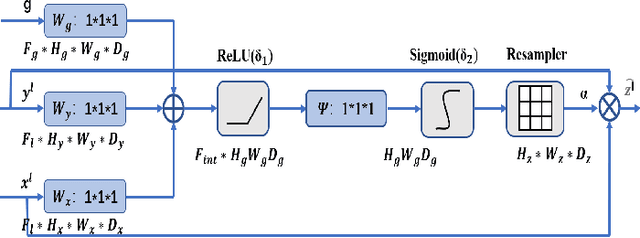Claw U-Net: A Unet-based Network with Deep Feature Concatenation for Scleral Blood Vessel Segmentation
Paper and Code
Oct 20, 2020



Sturge-Weber syndrome (SWS) is a vascular malformation disease, and it may cause blindness if the patient's condition is severe. Clinical results show that SWS can be divided into two types based on the characteristics of scleral blood vessels. Therefore, how to accurately segment scleral blood vessels has become a significant problem in computer-aided diagnosis. In this research, we propose to continuously upsample the bottom layer's feature maps to preserve image details, and design a novel Claw UNet based on UNet for scleral blood vessel segmentation. Specifically, the residual structure is used to increase the number of network layers in the feature extraction stage to learn deeper features. In the decoding stage, by fusing the features of the encoding, upsampling, and decoding parts, Claw UNet can achieve effective segmentation in the fine-grained regions of scleral blood vessels. To effectively extract small blood vessels, we use the attention mechanism to calculate the attention coefficient of each position in images. Claw UNet outperforms other UNet-based networks on scleral blood vessel image dataset.
 Add to Chrome
Add to Chrome Add to Firefox
Add to Firefox Add to Edge
Add to Edge